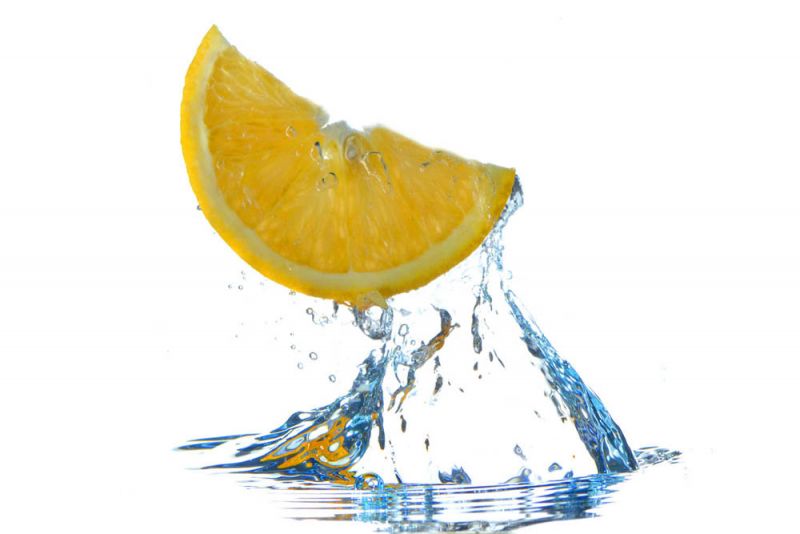The Danish Food-water Nexus Challenge
Published on by Robert Brears, Founder of Our Future Water, Young Water Leaders, Mitidaption & Author (Springer Nature, Wiley) in Government
With the global population projected to reach 9 billion in 2050, demand for food is expected to increase by 70% in 2050.
It is estimated that to meet this increased demand for food, global agricultural water consumption will increase by around 19% by 2050. However, agricultural production is one of the largest sources of non-point source pollution impacting the availability of good quality water for other users and uses both human and natural.

The food-water nexus challenge
Fertilizer and animal manure, both rich in nitrogen and phosphorous, are the primary sources of nutrient pollution from agricultural sources. Overall, excess nutrients can cause harmful algal blooms – overgrowth of algae in water – harming public health, creating dead zones in water, increasing water treatment costs and impacting industries dependent on clean water. To reduce farm runoff and improve water quality, water managers can use a variety of policy tools including fertilizer reduction initiatives.
The Danish food-water nexus challenge
In Denmark, the country aimed to reduce nitrogen leaching by 13% and reduce phosphorous surplus by 50% over the period 2002-2015. To achieve these goals and improve water quality, Danish farmers must enter the Register for Fertilizer Account if their annual turnover relating to agricultural activity is more than DKK 50,000 (EUR 6,600) and they meet at least one of the following conditions of:
- Having more than 10 livestock units
- Having more than 1.0 livestock unit per hectare
- Receiving more than 25 tons of livestock manure
Farmers who enter the Register are required to prepare a fertilizer plan and keep it for 5 years; calculate the nitrogen-quota for the farm; and submit a fertilizer account. The fertilizer account contains information about:
- Area sizes and type of crops (the area size of the farm is the sum of the cultivated, uncultivated and set-aside areas)
- The nitrogen standard for the crop (all crops are given a nitrogen standard)
- The calculated nitrogen quota for the farm (the nitrogen quota of the farm is the sum of nitrogen quota of each field, where the field nitrogen quota is calculated based on the size and the nitrogen standard, and the overall nitrogen quota of the farm provides the amount of fertilizer (manure and chemical fertilizer) that can be applied on the farm)
- Number of livestock units and type of livestock (animal type and number and the type of housing, feedstuffs, production etc. so that the amount of nitrogen in the manure produced can be calculated)
- Use of fertilizers (both livestock manure and chemical fertilizer)
- Delivery of chemical fertilizer (farmers must report the amount and type of fertilizer supplied)
- Exchange of fertilizer or manure (farmers can exchange fertilizer to other farmers who are in the Register)
- Manure and fertilizer stock (opening and closing stock for the growing season should be calculated annually)
Spot-checks and tax credits for registered farmers
Each year the Danish AgriFish Agency will visit around 1% of the farms and an administrative control is run on around 4% of the farmers that submit a fertilizer account. Farmers who are registered are then allowed to buy chemical fertilizer without paying tax on fertilizer (EUR 0.66 per kg of nitrogen). Meanwhile, farmers with an annual turnover between DKK 20,000 (EUR 2,600) and DKK 50,000 may voluntarily enter the Register.
The take-out
To reduce food-water nexus challenges policy-makers can use a variety of fiscal and non-fiscal tools to reduce fertilizer usage and improve water quality.
*Robert C. Brears is the author of Urban Water Security (Wiley). Urban Water Security argues that, with climate change and rapid urbanization, cities need to transition from supply-side to demand-side management to achieve urban water security.
Facebook: UrbanH20
Attached link
http://markandfocus.com/2016/12/07/the-danish-food-water-nexus-challenge/Media
Taxonomy
- Agriculture
- Fertilizers
- Agriculture
- Water Quality Management
- Fertigation
- Farms
1 Comment
-
The fertilizer Geomite developed here eliminates the leaching problem and soluble pollution in soil. Please contact me if this is of interest,
We are preparing a proof-of-concept in Africa with assistance of a major university.